Alberta
Don’t default to the Rate of Last Resort
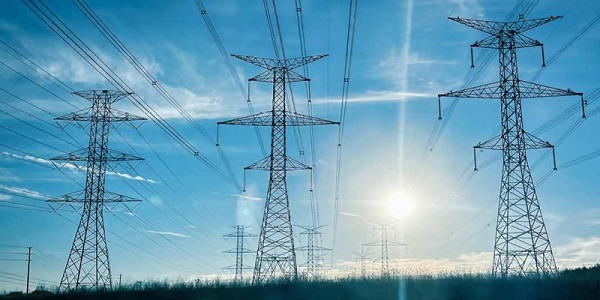
Alberta’s government is encouraging Albertans to explore their electricity options and take charge of their power bill.
Albertans need to be able to make smart financial choices, including choosing an affordable electricity plan that best meets their needs. While most ratepayers choose to sign competitive contracts with one of more than 50 electricity providers in the province’s uniquely competitive market, those who don’t are automatically enrolled on the Rate of Last Resort – the default electricity rate – and likely to pay more for their power.
As part of ongoing efforts to help Albertans save more on their electricity bill, Alberta’s government is launching an advertising campaign to encourage Albertans to explore their electricity options and ensure they know they don’t have to settle for the Rate of Last Resort.
“Albertans shouldn’t pay more on their power bill than they have to. Our government is taking action to ensure they have the tools they need to make informed decisions about their electricity so more of their hard-earned dollars can be used where they’re needed most for them and their families.”
Last year, tens of thousands of households made the switch from the Rate of Last Resort to a competitive contract. The campaign aims to ensure new Albertans and first-time ratepayers still on the Rate of Last Resort know they have choices when it comes to their power bill, and a better electricity option that could save them hundreds of dollars may be available to them.
“Alberta’s competitive electricity market gives consumers choice, and for most Albertans, competitive retail rates are a better choice than the Rate of Last Resort. I encourage everyone to learn about their electricity options and contact the Utilities Consumer Advocate if you need help understanding your utilities.”
The campaign builds on existing consumer awareness initiatives and efforts to lower utility bills and protect ratepayers from volatile price spikes. New regulations came into effect Jan. 1 that require providers to clearly indicate on customers’ utility bills if they are on the Rate of Last Resort and inform them of their competitive retail market options. Every 90 days, the Utilities Consumer Advocate will contact all ratepayers on the Rate of Last Resort, confirm whether they would like to remain on the default rate and encourage them to explore their options.
“Moving to a new place can be overwhelming and expensive, especially those moving from outside the province or country. Alberta’s government is helping ease stress and financial strain by making sure newcomers are informed about their electricity options.”
To protect any Albertans who may not be able to sign a competitive contract from sudden, volatile price spikes, the Rate of Last Resort is set at approximately 12 cents/kWh. The rate is set every two years and can only be changed by a maximum of 10 per cent between two-year terms. Through these changes, Alberta’s government is making the Rate of Last Resort more stable and predictable for Albertans unable to sign a competitive contract. Albertans who are looking for help with their utility bills or are experiencing a dispute with their provider should contact the Utilities Consumer Advocate (UCA).
Quick facts
- Albertans have three options when purchasing their electricity: the Rate of Last Resort, a competitive contract for a variable rate, or a competitive contract for a fixed rate.
- Competitive retail contracts continue to provide the best, lowest cost options for Albertans.
- The Rate of Last Resort is approved by the Alberta Utilities Commission (AUC) and is not determined by the government.
- Approximately 26 per cent of residential customers purchase electricity through the Rate of Last Resort.
- Approximately 29 per cent of eligible commercial customers and 40 per cent of farm customers purchase electricity through the Rate of Last Resort.
Related information
Alberta
Click here to help choose Alberta’s new licence plate design

Your province, your plate
For the first time in more than 40 years, Alberta is refreshing its licence plate with a Strong and Free motto, and the final look will be decided by Albertans.
From Oct. 15 until Nov. 5, Albertans can take part in a tournament-style online vote for a new provincial licence plate design that proudly reflects who we are every time we hit the road.
The new licence plate will be available in late 2026 and will be based on a “Strong and Free” theme, echoing the Latin motto of our province and reflecting Alberta’s bold identity, economic strength and deep-rooted provincial pride. The motto’s inclusion on the licence plates will also serve as a nod to Canada’s national anthem and Alberta’s position as a strong and sovereign province within a united Canada.
“From our wide-open landscapes to our entrepreneurial spirit, Alberta has so much to be proud of, and our new licence plate will reflect that pride. For the first time in four decades, Albertans will choose how we tell that story. I look forward to seeing which design is selected to show the world that this is the land of the strong and free.”
With options that include famous Alberta landmarks such as the Three Sisters Mountains, and long-standing symbols of our province’s core industries including agriculture and energy production, the potential plates each contain symbols of Alberta’s beauty, history and spirit.
In the first phase of voting, Albertans can vote for their favourite of eight unique concepts that incorporate Alberta’s unique landscape and history. Following the first phase, four designs will advance to the next round of voting where the top two will be selected, and subsequently, there will be a final vote for the winning plate concept. The winning new licence plate will be announced during the fall session of the legislature.
“Alberta is strong and free, and Albertans will have the opportunity to choose a new licence plate that captures that spirit. The new licence plate will be a fresh design that every Albertan will be proud to show off, whether they’re driving to work, heading to the lake or exploring North America.”
If an Albertan wants to replace their current plate for the new licence plate once it is released, they can voluntarily pay a $28 fee. Alternatively, Albertans could obtain a new plate on their vehicle registration renewal date at no additional cost. Motorists may also continue using the previous licence plate once the new licence plate is brought onboard, provided it is still in good condition.
Quick facts
- Alberta’s current licence plate was designed in 1984.
- In 2021, Alberta began a transition from painted to reflective plates with the same design.
- The new designs each incorporate reflective technology to improve readability for law enforcement and automated systems in low-light conditions, and also meet international standards for visibility, legibility and counterfeit resistance.
Related information
Licence plate designs. Click link above to vote
Alberta
Enbridge CEO says ‘there’s a good reason’ for Alberta to champion new oil pipeline
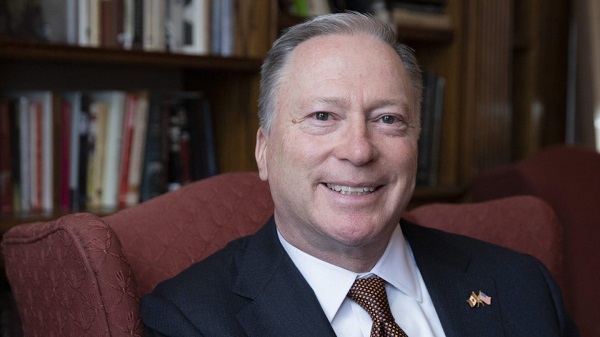
Enbridge CEO Greg Ebel. The company’s extensive pipeline network transports about 30 per cent of the oil produced in North America and nearly 20 per cent of the natural gas consumed in the United States. Photo courtesy Enbridge
From the Canadian Energy Centre
B.C. tanker ban an example of federal rules that have to change
The CEO of North America’s largest pipeline operator says Alberta’s move to champion a new oil pipeline to B.C.’s north coast makes sense.
“There’s a good reason the Alberta government has become proponent of a pipeline to the north coast of B.C.,” Enbridge CEO Greg Ebel told the Empire Club of Canada in Toronto the day after Alberta’s announcement.
“The previous [federal] government’s tanker ban effectively makes that export pipeline illegal. No company would build a pipeline to nowhere.”
It’s a big lost opportunity. With short shipping times to Asia, where oil demand is growing, ports on B.C.’s north coast offer a strong business case for Canadian exports. But only if tankers are allowed.
A new pipeline could generate economic benefits across Canada and, under Alberta’s plan, drive economic reconciliation with Indigenous communities.
Ebel said the tanker ban is an example of how policies have to change to allow Canada to maximize its economic potential.
Repealing the legislation is at the top of the list of needed changes Ebel and 94 other energy CEOs sent in a letter to Prime Minister Mark Carney in mid-September.
The federal government’s commitment to the tanker ban under former Prime Minister Justin Trudeau was a key factor in the cancellation of Enbridge’s Northern Gateway pipeline.
That project was originally targeted to go into service around 2016, with capacity to ship 525,000 barrels per day of Canadian oil to Asia.
“We have tried to build nation-building pipelines, and we have the scars to prove it. Five hundred million scars, to be quite honest,” Ebel said, referencing investment the company and its shareholders made advancing the project.
“Those are pensioners and retail investors and employees that took on that risk, and it was difficult,” he said.
For an industry proponent to step up to lead a new Canadian oil export pipeline, it would likely require “overwhelming government support and regulatory overhaul,” BMO Capital Markets said earlier this year.
Energy companies want to build in Canada, Ebel said.
“The energy sector is ready to invest, ready to partner, partner with Indigenous nations and deliver for the country,” he said.
“None of us is calling for weaker environmental oversight. Instead, we are urging government to adopt smarter, clearer, faster processes so that we can attract investment, take risks and build for tomorrow.”
This is the time for Canadians “to remind ourselves we should be the best at this,” Ebel said.
“We should lead the way and show the world how it’s done: wisely, responsibly, efficiently and effectively.”
With input from a technical advisory group that includes pipeline leaders and Indigenous relations experts, Alberta will undertake pre-feasibility work to identify the pipeline’s potential route and size, estimate costs, and begin early Indigenous engagement and partnership efforts.
The province aims to submit an application to the Federal Major Projects Office by spring 2026.
-

 Alberta2 days ago
Alberta2 days agoFact, fiction, and the pipeline that’s paying Canada’s rent
-

 2025 Federal Election2 days ago
2025 Federal Election2 days agoProtestor Behind ‘Longest Ballot’ Chaos targeting Poilievre pontificates to Commons Committee
-
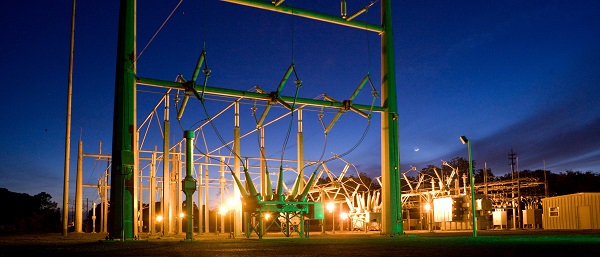
 Business2 days ago
Business2 days agoFinance Titans May Have Found Trojan Horse For ‘Climate Mandates’
-

 Energy1 day ago
Energy1 day agoIndigenous Communities Support Pipelines, Why No One Talks About That
-

 International2 days ago
International2 days agoSigned and sealed: Peace in the Middle East
-

 Alberta1 day ago
Alberta1 day agoOil Sands are the Costco of world energy – dependable and you know exactly where to find it
-
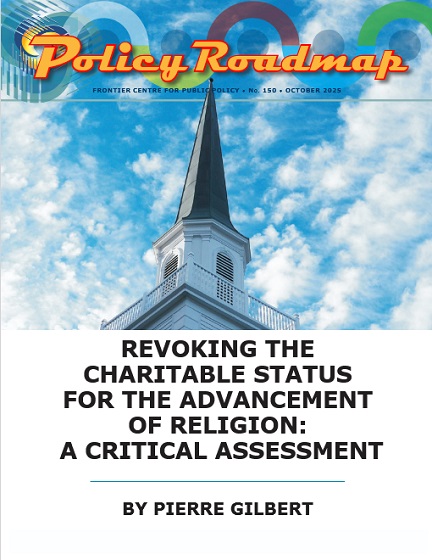
 Business1 day ago
Business1 day agoFinance Committee Recommendation To Revoke Charitable Status For Religion Short Sighted And Destructive
-
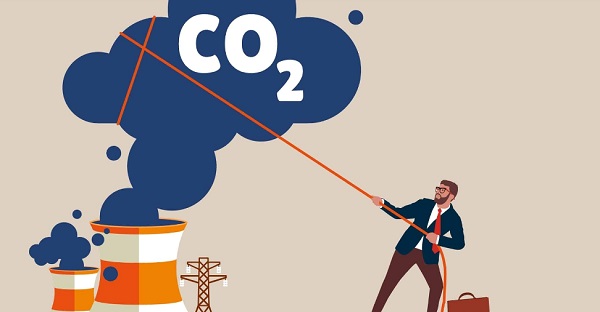
 Alberta1 day ago
Alberta1 day agoThe Technical Pitfalls and Political Perils of “Decarbonized” Oil





